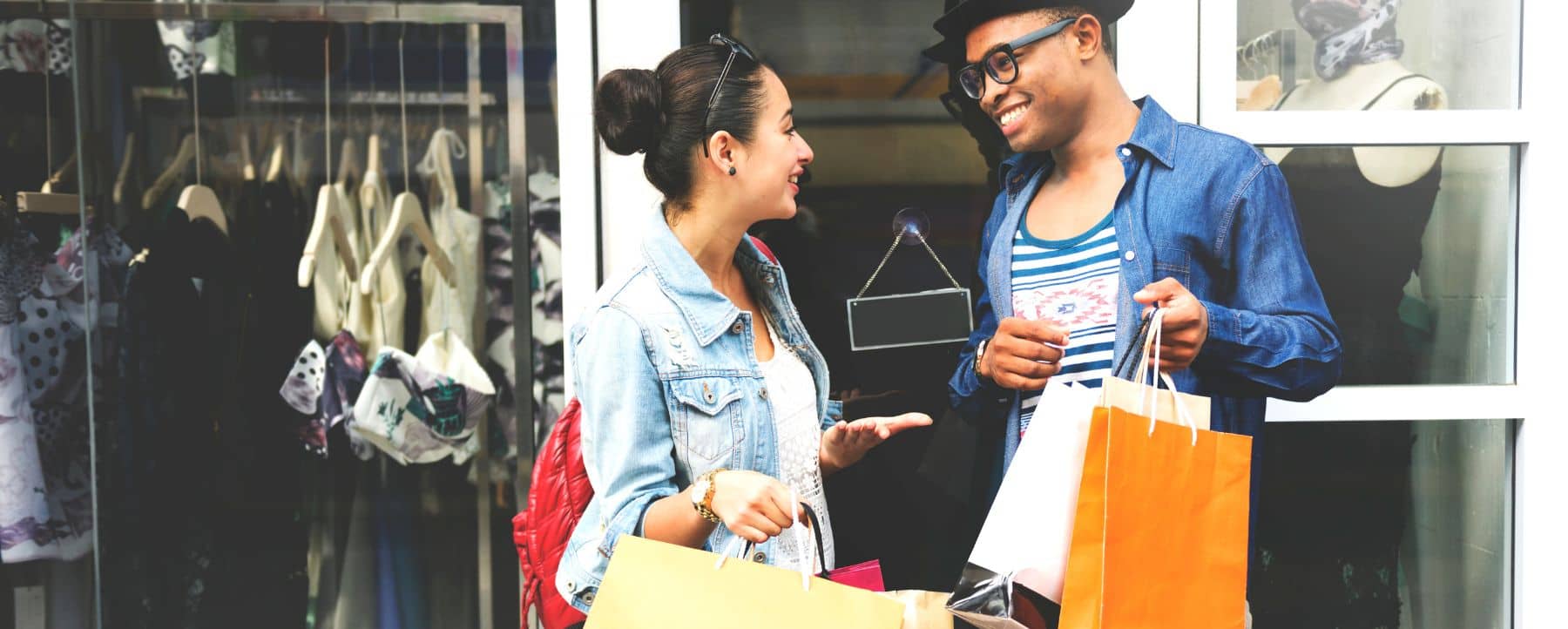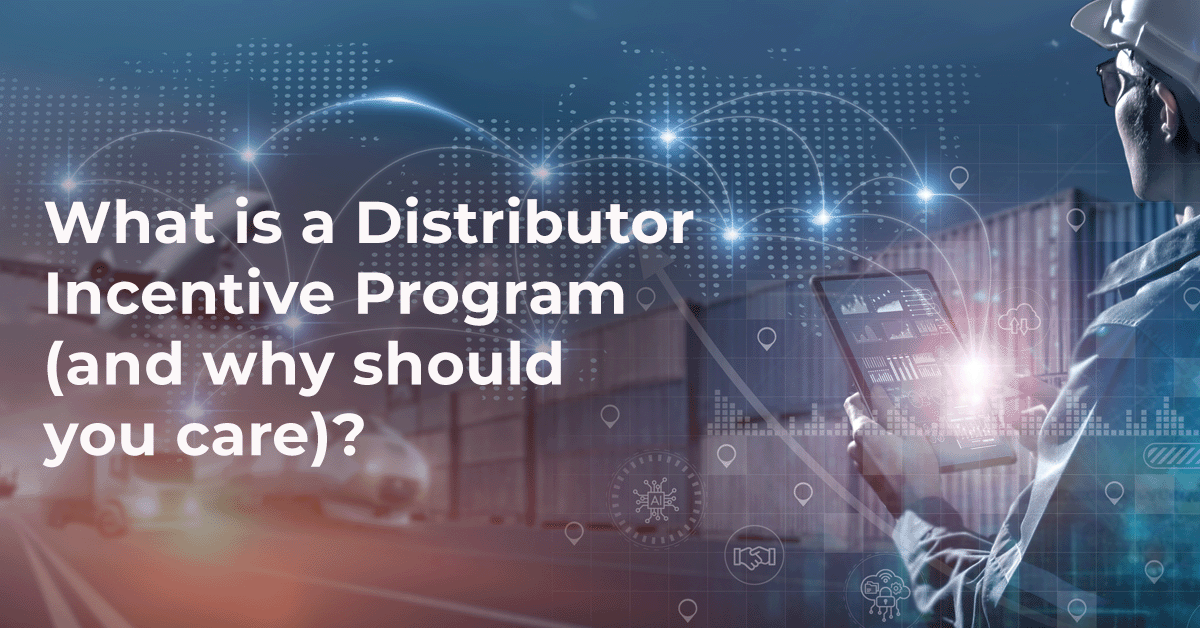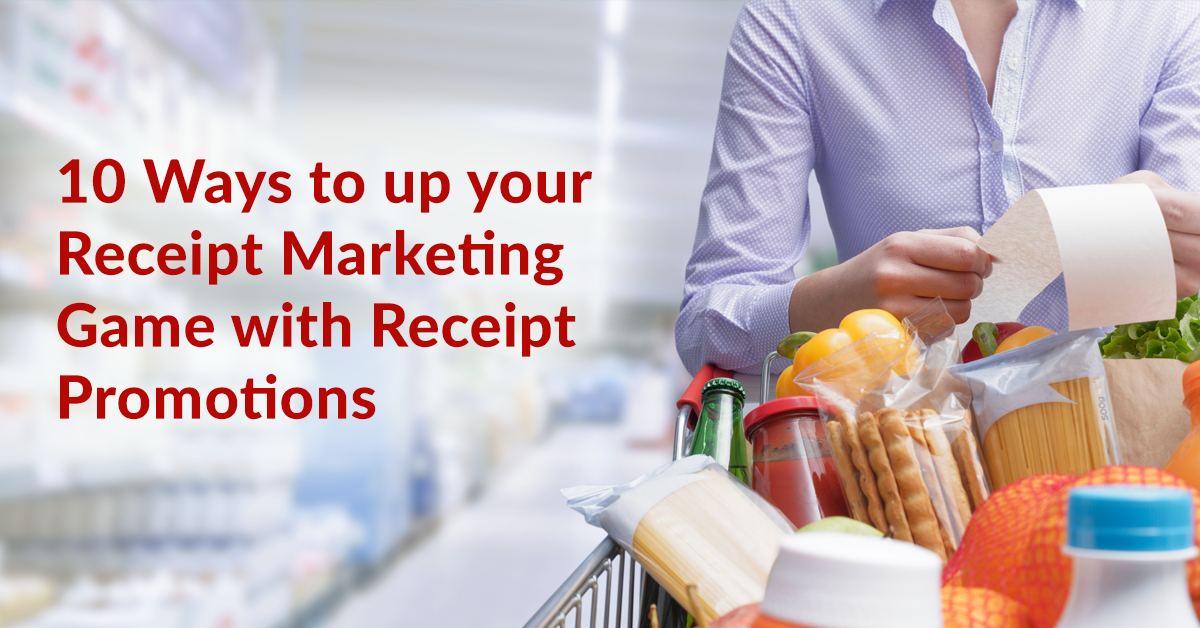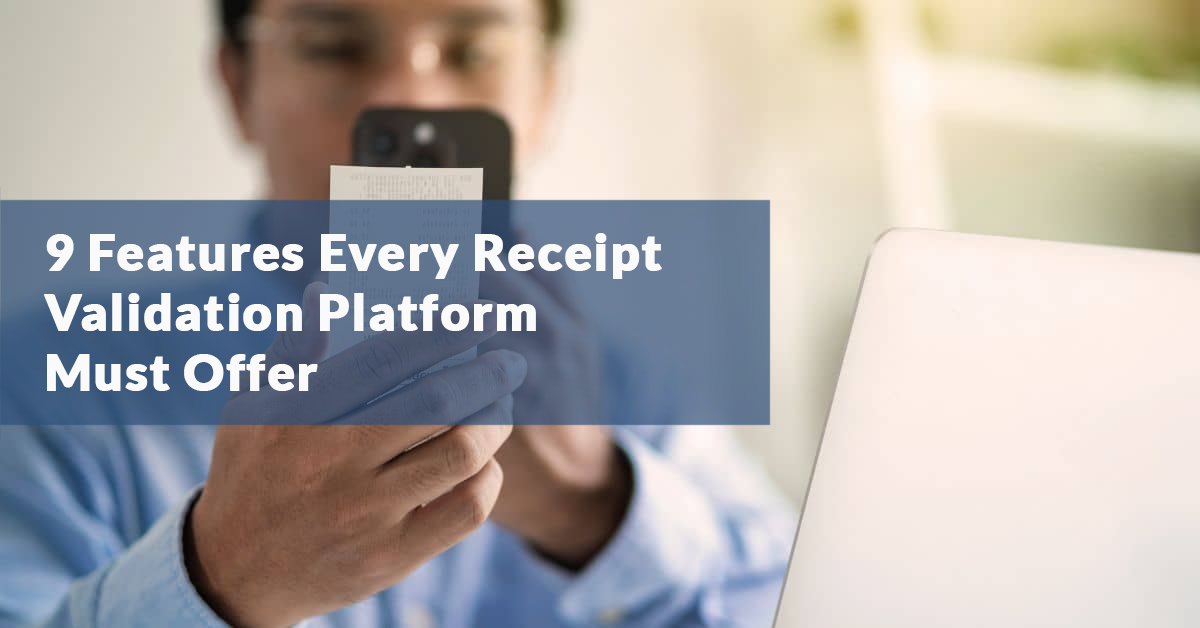Consumer promotions are the backbone of CPG marketing. From brand awareness to product launches and seasonal sprees, a great promotion is what turns “marketing activity” into sales.
What are Consumer Promotions?
Consumer promotions are a marketing strategy designed to attract consumers to buy your product. Sometimes it’s to buy more, sometimes it's to switch brands, sometimes it's to generate new product trials, and sometimes it's to convince them to make that first-time purchase.
Ultimately, the goal of consumer promotions is to:
- Build brand awareness
- Boost brand loyalty
- Increase customer lifetime value
- Generate buzz or excitement
Types of Consumer Promotion
Today’s marketer has a variety of consumer promotions to choose from. And thanks to the latest technology, you can digitize your promotions to run efficiently and at scale. As with many marketing activities, a blend of promotions is often the best approach. But, depending on your product and market, some promotions will resonate better with your audience than others.
Here are some common types of consumer promotions, along with some handy tips to maximize their potential. In addition, see our post on Consumer Sales Promotion Examples.
Cashbacks and Rebates
Buy, fill out a form, get money back.
Cashbacks and rebates are best thought of as a post-purchase discount. The traditional process for a cashback or rebate program requires consumers to fill out a form, mail-in their submissions, hear nothing for six weeks, and maybe get a check in the post. Today, this process is digitised and automated for the benefit of consumers and a business’ mail room.
Snipp tips:
- Encourage additional actions. Use a rebate as a stepping stone to loyalty. 90% of rebate redeemers will take additional action, like joining a loyalty program, if asked.
- Remind your customers. Yes, brands make money on rebates from people who don’t redeem. But by sending redemption reminders to your customers, you gain valuable brand affinity and a greater chance of long-term loyalty.
Special Offers for Loyalty Members
Join the club, get the perks.
Loyalty promotions and programs give consumers access to an exclusive club where they can earn rewards from their favorite brands. App technology has allowed loyalty programs to become a natural part of people’s lives – integrating seamlessly with their day-to-day activities. Loyalty programs create powerful, dedicated channels for brands to speak directly to their most valuable consumers.
Snipp tips:
- Lean into exclusivity. Look to community-building brands like Pelaton and Monster for inspiration on how to leverage fear of missing out (FOMO) to the fullest.
- Be in-store and online. Work with retail partners to provide on-premises loyalty perks and higher value customer experiences.
Gift with Purchase
Buy chocolate, get peanut butter.
A gift with purchase (GwP) promotion involves adding an extra product as a gift when a consumer buys a specific product and/or spends a specified amount. Commonly seen in the beauty industry as a “Free Gift” promotion, GwP promotions are a great way to raise awareness of your wider product range.
Snipp tips:
- Gift brands as well as products. Gift with purchase promotions are ideal for portfolio cross-promotion. Find common threads between your family of brands to build contextual and relatable combinations of products.
- Layer GwP promotions. Gift with purchase already feels like great value to a customer, so adding a sweepstakes option on top is the cherry on the cake.
Instant Win and Contests
“Well, hot dog! We have a weiner”
Instant win consumer promotions tell the consumer whether they’ve won as soon as they make a purchase. Contests do the same thing but have a delayed response. This can be effective in driving hype or building brand loyalty through more complex entry requirements.
Snipp tips:
- Go omnichannel. Think beyond the physical purchase in your instant win strategy to give customers a variety of entry options.
- Make it easy. Email, MMS, WhatsApp, Instagram share – make it easy for your audience to enter and win.
Sweepstakes
Do you feel lucky?
Sweepstakes are all about chance. Unlike a contest, sweepstakes require no skill or particular talent to win. And, because they require little to no effort to enter, they're particularly popular with consumers and marketers alike. A well-designed sweepstakes can help you raise brand awareness, increase engagement, acquire new customers, win back lapsed customers, and more.
Snipp tips:
- Embrace FOMO. Put a time limit on your sweepstakes to heighten excitement and create a sense of urgency.
- Harness gamification. Incorporate gaming mechanics to inject a bit of fun and a sense of accomplishment into the experience.
Coupons
Buy today, save tomorrow
Widely used by marketers worldwide, coupons offer instantly redeemable savings on certain products. They’re useful for introducing a new product, selling a large quantity of product, or encouraging consumers to switch brand.
Snipp tips:
- Know your customer. A coupon is only as good as the offer and the offer must provide value to the consumer.
- Use digital validation. Coupons, like rebates, benefit hugely from the latest tech. Invest in ways to allow customers and retailers to use your coupons quickly and conveniently.
Consumer vs. Trade Promotions
Trade promotions help brands increase the product purchase rate and get ideal shelf space in-store. Typical promotions include:
- Trade allowances. Encourage retailers to stock and promote your products in exchange for a discount.
- Dealer loaders. Incentives given to a dealer to display a product, such as in-store displays, premiums, or rebates.
- Trade contests. Encourage retailers to sell products, as the retailer who sells the most wins a prize.
- In-store displays. Aisle end or center store display where retailers can show the products to customers to increase awareness.
- Training programs. Teach employees or retailers the benefits and uses of a product.
- Trade promotions. This includes an end-user sales incentive to boost retailer footfall.
Why Use Consumer Promotions?
Raise Awareness
Consumer promotions can increase interest in your brand. By using the right promotions, you can get people excited about checking out your brand.
Attract Customers
An exciting new promotion can influence consumers to try your brand for the first time. This is your chance to teach them about your products or services.
Promote New Products
Promotions are a great way to get people to try new products. Consumers are often hesitant to pick something new over something tried and tested. But by making it part of a promotion, you remove the risk factor.
Build Brand Loyalty
Rewarding your customers with special offers or sales reinforces loyalty and increases brand affinity. Creating a promotion, especially for repeat customers shows you value their business.
Boost Sales
Consumer promotions can help your brand sell a lot in a short period of time. This can be beneficial for brands that experience seasonal sales slumps.
Clear Old Stock
Got old stock kicking around? Make it the gift in your GwP promotion! Along with helping consumers feel like they got a good deal, you can make room for new and exciting products.
Examples of Consumer Promotions
There are millions of sales promotions happening every day. Let’s look at two classic examples of consumer promotions and see what lessons we can apply to our promotions today.
Probably the Best Consumer Promotion in the World
(And no, it’s not the Happy Meal, despite its $10m a day in sales.)
Good consumer promotions increase sales. Great consumer promotions build a lifetime brand affinity. And that’s what Maxwell House has done with a global audience thanks to the Maxwell House Haggadah.
Maxwell House had been advertising its coffee as kosher since the 1920s, but rivals wanted their piece of the action, too. So, in 1932, Maxwell House’s marketing agency Joseph Jacobs Advertising, pitched a new promotion: The Maxwell House Haggadah.
A Haggadah is a Jewish text that sets forth the order of the Passover Seder. At the time, Jewish American families had to purchase new and different Haggadah each year for their Passover Seder guests. Maxwell House sought to make this process easier for the growing number of American Jews interested in conducting a Passover Seder but having little familiarity with religious observance.
The Haggadah featured a simple, user-friendly English and Hebrew layout and was available easily from a local Maxwell House coffee retailer.
Maxwell House has printed over 60 million copies to date, building an unrivalled brand affinity with a global cultural touchstone. As such, Maxwell House coffee is now closely associated with Passover and has probably been the go-to coffee for 14.8 million drinkers 8 days a year for 90 years.
What can we learn?
- Understand your customer. Maxwell House wasn’t alone in promoting its coffee as kosher, but understood its audience enough to provide real value.
- Build a promotion around a need. Your promotional offer, reward, or prize should meet the needs of your customer first, then your business.
- Do something different to stand out. Maxwell House could have just bought ad space, but they took the radical step to put their name on a religious text. It took guts and it paid off.
Worst. Consumer Promotion. Ever.
Hoover holds the dubious title of Worst Promotion in History. Why? Because they failed to roll out rewards, lost millions of dollars in revenue, and took a serious hit to their reputation. How? Bad math and bad communication. Let’s break it down:
It was 1992 and Hoover wanted to boost sales during the global recession of the early 1990s. So, they offered two complimentary round-trip plane tickets to the USA to any customer purchasing at least £100 of Hoover products. The cheapest Hoover product available for purchase was £120.
Hoover predicted that most customers would spend more than £100 on a purchase, thus boosting sales. In addition, they made the application process difficult, thus deterring buyers from redeeming their offer.
They were wrong on both counts. Consumers saw this offer as 2 flights to the USA for £100 with a free vacuum cleaner.
Now let’s do the math.
- At the time, the cost of 2 round-trip tickets was £600.
- Hoover’s profit on their cheapest vacuum cleaner was £30.
- £600 of tickets - £30 of profit = a cost per customer of £570!
Roughly 300k people redeemed the offer on these terms. So rather than pay roughly £171,000,000 in prizes, they pulled the promotion and reneged on their offer. By the end of 1993, Hoover was posting £23.6m in losses on £390m in sales. All in all, a disaster.
What can we learn?
- Get your costs right. Don’t make your promotion cost more than your profit.
- Don’t make redemption difficult. It creates a bad experience and, as you can see, can still backfire.
- Brand comes first. Consumer promotions should make your brand shine, not an added extra to your giveaway or prize.
Power Your Promotions with Snipp
Consumer promotions will continue to develop and evolve as customer tastes change and new technology rises to support our marketing activity. Discover how our best-in-class consumer promotions and loyalty solutions can be the foundation of your CPG marketing to drive sales and engage your customers. Contact us to learn more.






